Ways to save
Get simple ways to help you use electricity wisely, keep your costs down and improve comfort.
You can also explore usage insights for tools to pinpoint savings opportunities.
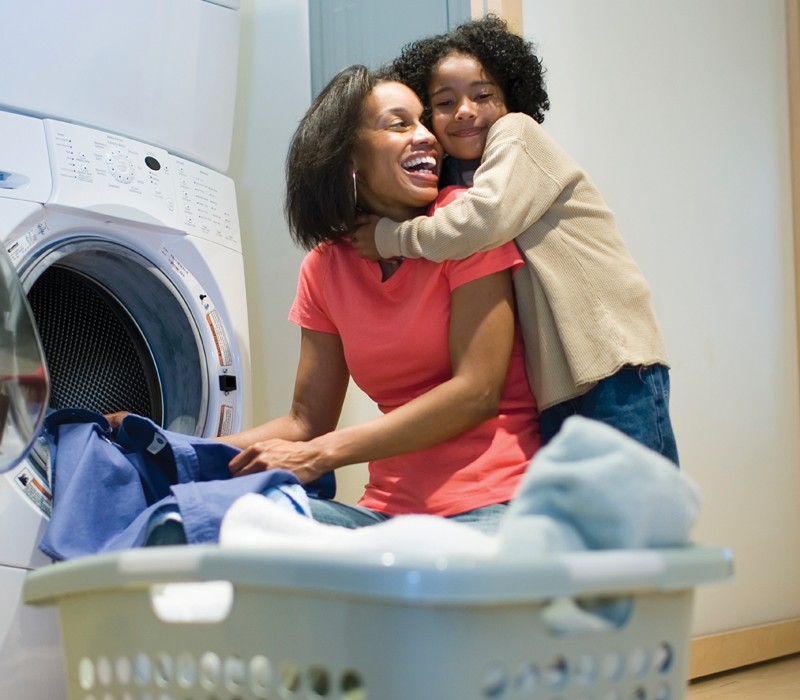
Energy-saving tips for every room in your home
- Heating
- Cooling
- Kitchen & laundry
- Lighting & electronics
- Pools & spas
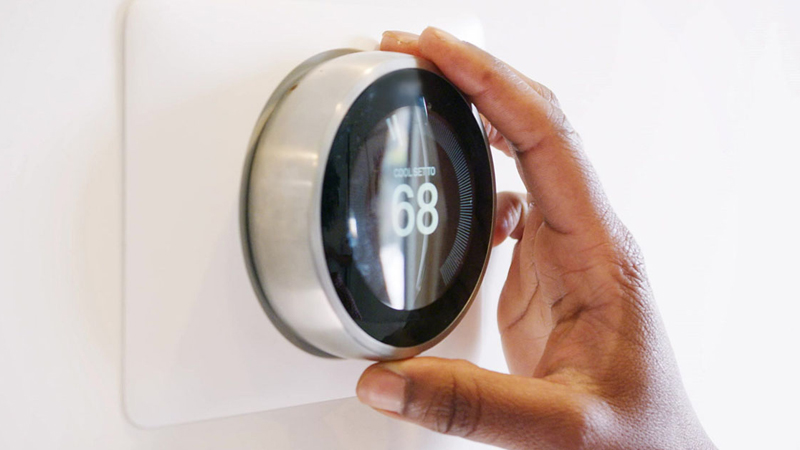
68º is great
For heating, set your thermostat to 68º when you're home and awake. Lower the temperature at night.

Clean and tune
Have your furnace tuned up and clean or replace filters monthly for efficient operation.
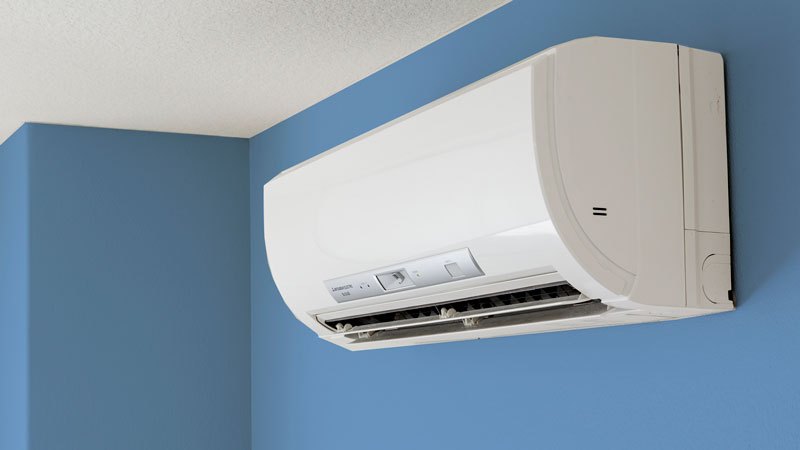
Consider a heat pump
Heat pumps and ductless heat pumps are an efficient way to keep your home comfortable year-round.
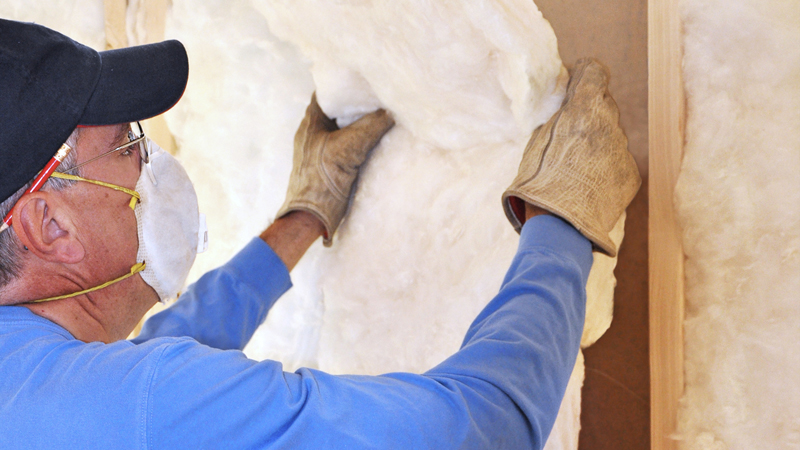
Insulate and save
Consider adding insulation to your home to help maintain a comfortable indoor temperature and trim energy bills.
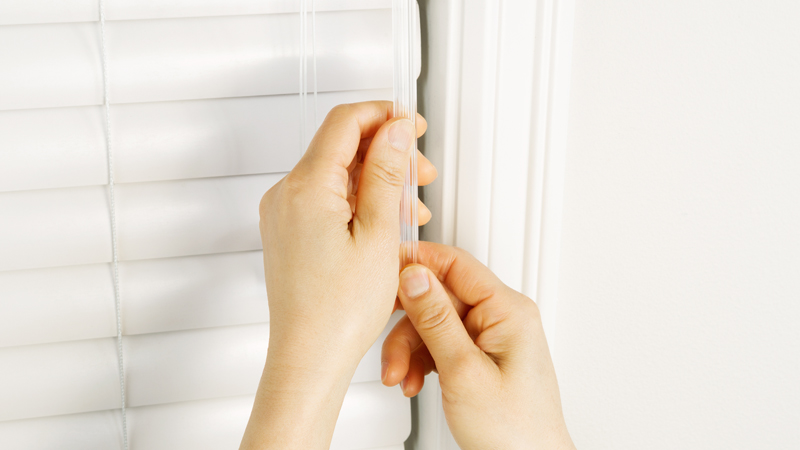
Keep warm air in
Close your window coverings at night to cut down on drafts.
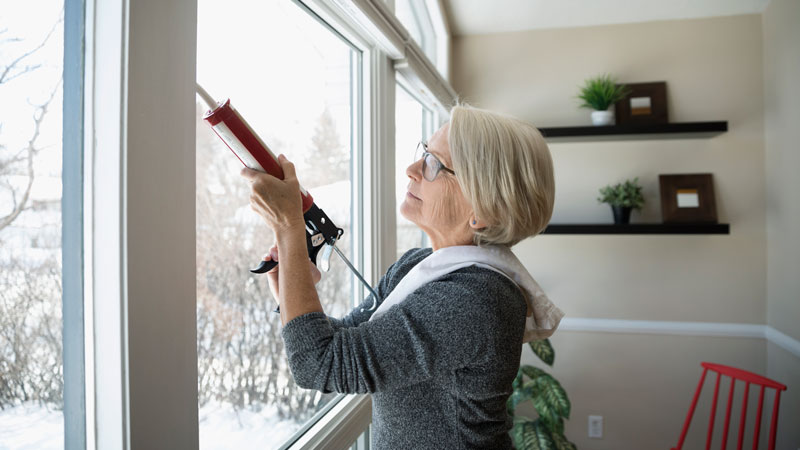
Seal air leaks
Seal air leaks around doors or windows with caulk or weatherstripping to improve comfort.

78º is great
For cooling, set your thermostat at 78º and use a smart or programmable thermostat to automatically adjust the temperature.

Keep cool air in
Keep blinds and curtains closed during the day. Open windows during cooler evening hours.
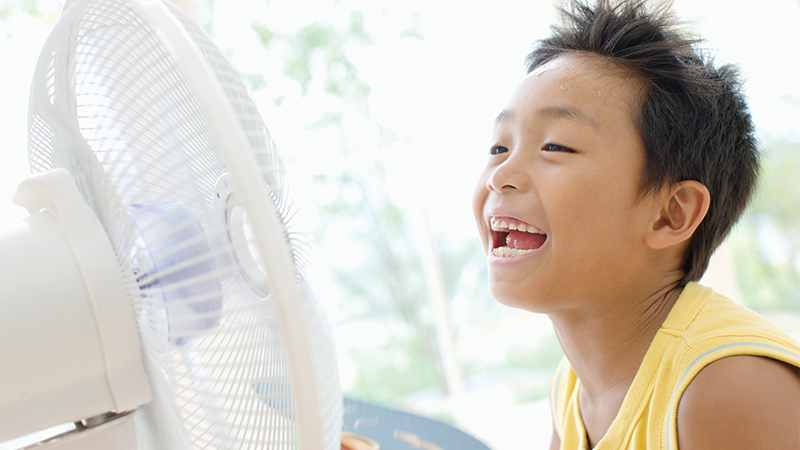
It pays to be a fan
Use ceiling, attic and portable fans to stay cool. Remember to turn them off when you leave the room.

Clean and tune
Have your central air conditioner tuned up and clean or replace filters monthly for efficient operation.

Exhaust fans
Run exhaust fans when you shower or cook.
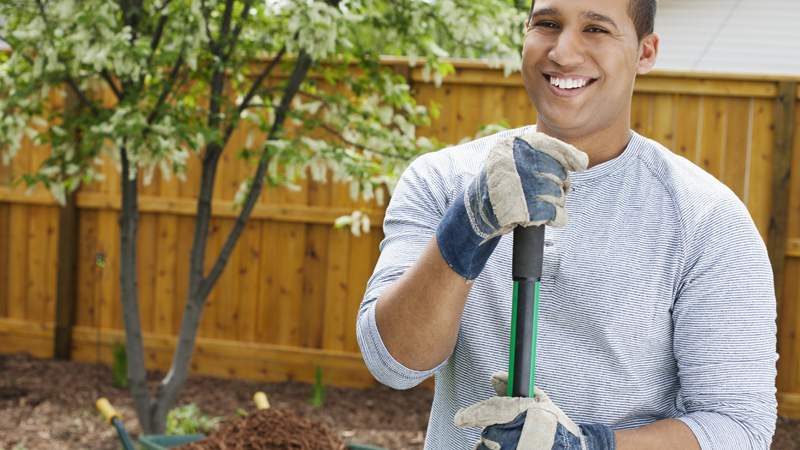
Plant trees
Consider landscaping with leafy shade trees. Plant them on the southeast and southwest sides of your home.

Refrigerators & freezers
Set the refrigerator temperature between 37° and 40° and the freezer at 0° for top efficiency and food safety.

Dishes
Choose the shortest wash cycle that will clean your dishes, and use an air-dry option. Wait until after 8 p.m. to run your dishwasher.

Cooking
Use a microwave, toaster oven or slow cooker instead of the oven. Also, if you bake in ceramic or glass dishes, you can lower the oven temperature by 25°.
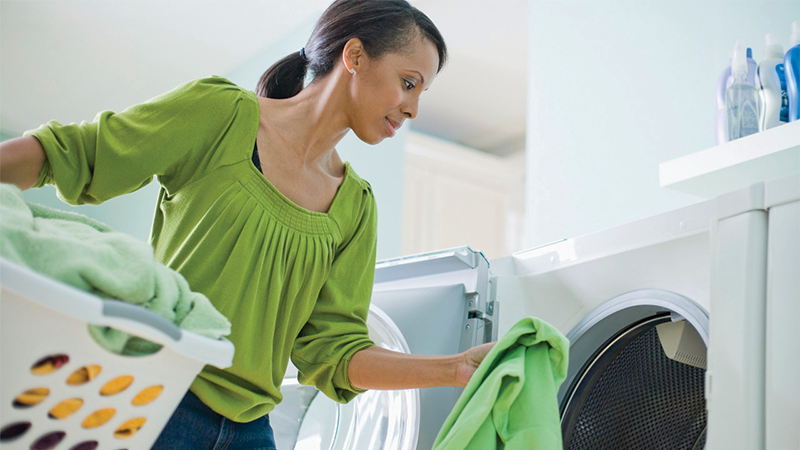
Washing clothes
Wash clothes in cold water.
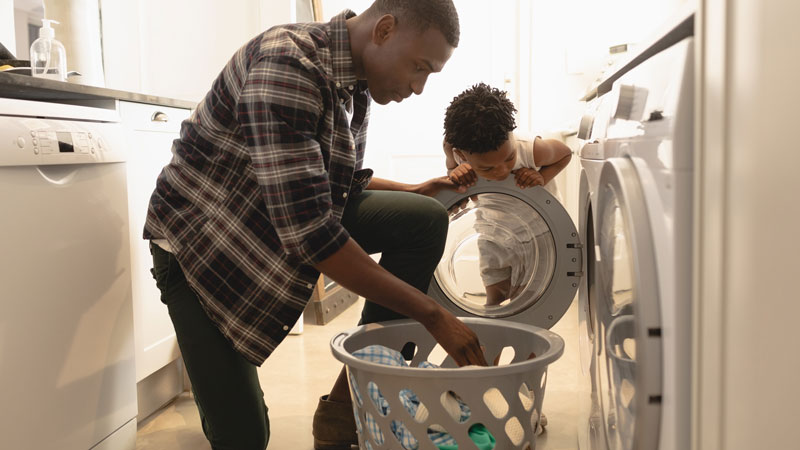
Drying clothes
Clean the lint filter in the dryer after each load.
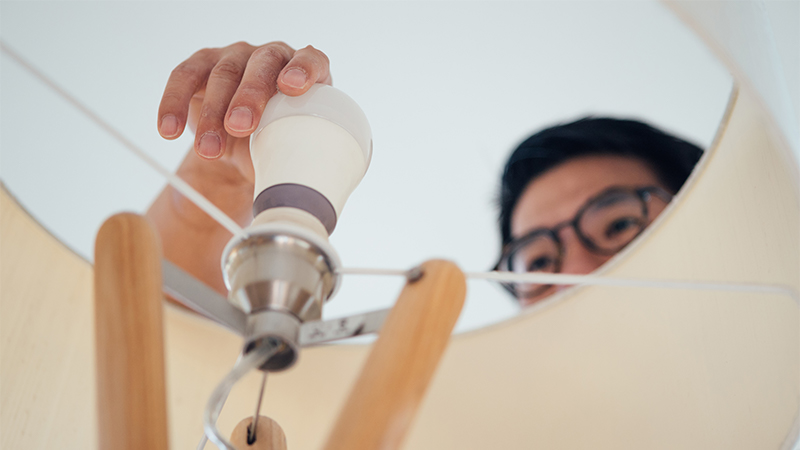
Bright ideas for lighting
Use LED bulbs and turn off lights every time you leave a room.
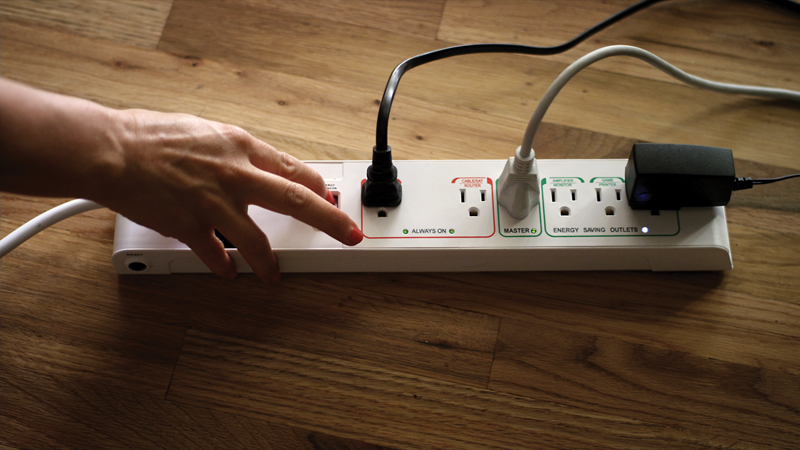
Unplug and save
Unplug appliances and electronics when not in use. To make it easier, plug home electronics and computers into smart power strips.
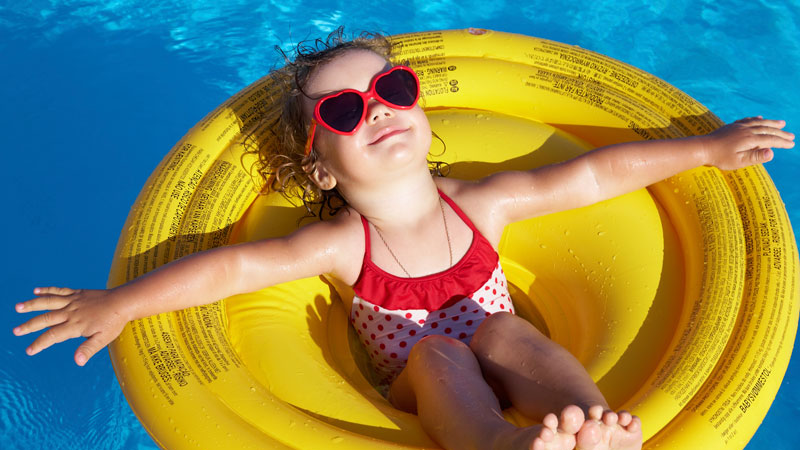
Pool pumps
Use the smallest pool pump for your needs, and choose an efficient, variable-speed pool pump for savings.
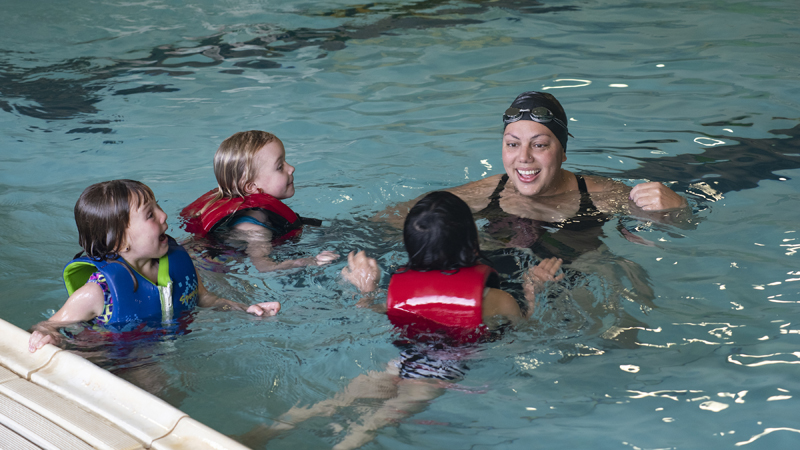
Keep filters clean
Keep pool filters and intake grates clear of debris.
Rebates
Check for available discounts and rebates on energy-efficient equipment for your state.
More energy tips
See our Wattsmart® guide to understand your bill and identify more ways to save.